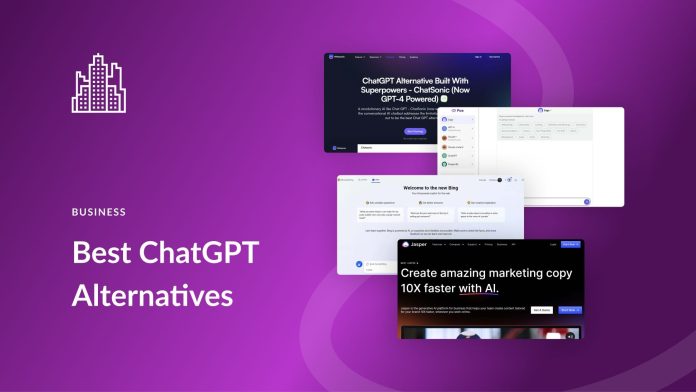What is Chat-GPT?
The name “Chat-based Generative Pre-trained Transformer” refers to the robust big language model chatbot known as ChatGPT. It is built on GPT-3, which was trained using hundreds of billions of internet-sourced words.
ChatGPT is a conversational AI chatbot that can comprehend human input, respond to it, and—most importantly—generate text in response to it.GPT-3 was created by OpenAI, an AI research facility established by Elon Musk and Sam Altman, and is hence the predecessor to ChatGPT.
Why go for a Chat-GPT alternative?
- Although ChatGPT may be the leader in the field of AI conversation, there are a growing number of contenders that are well worth considering!
- ChatGPT has some drawbacks despite being a fantastic tool and the talk of the town:
- Because ChatGPT was trained on data from and before 2021, it cannot produce real-time data.
- AI art or visuals cannot be produced by it.
- Additionally, it is unable to accept voice commands or produce voice responses.
- The majority of the time, when you try to visit ChatGPT, an error message stating that ChatGPT is at capacity or down may appear due to heavy traffic.
Alternatives to ChatGPT for Writing
Like the age-old dilemma of attempting to find the ideal swimsuit, picking the ideal ChatGPT option for your content creation requirements comes down to personal preference.
Every platform is different and has its own advantages and disadvantages. Here are some alternatives to ChatGPT for writing that you can take into consideration to assist you in making the greatest choice:
- Chatsonic
The most advanced model of large-scale pre-trained dialogue response creation for multi-turn dialogues is Writesonic’s Chatsonic, which is driven by GPT-4. Due of its Google integration and up-to-date results, it is the best ChatGPT substitute available.
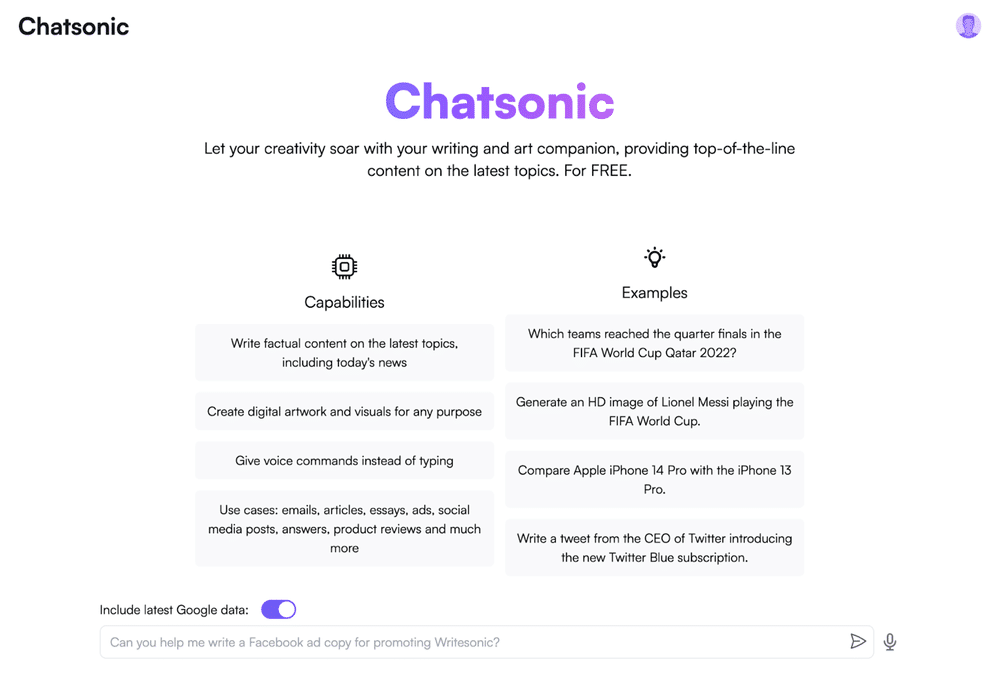
With real-time data, image, and voice searches, Writesonic’s sophisticated AI chatbot can be of assistance. It can also swiftly generate content requirements depending on user input, including long-form articles and blogs as well as Facebook ad copy. The Chatsonic model is a fantastic tool for customer support operations since it is trained to offer conversational responses. Chatsonic is like a professor, best friend, brainstorming partner, and barista all rolled into one.
- Jasper Chat
Jasper is an AI writing tool that is a respectable substitute for ChatGPT (figuratively speaking). It was formerly known as Jarvis and is one of the most popular AI writing tools on the market, second only to Write-sonic. It is perfect for businesses that need to produce high-quality material quickly.
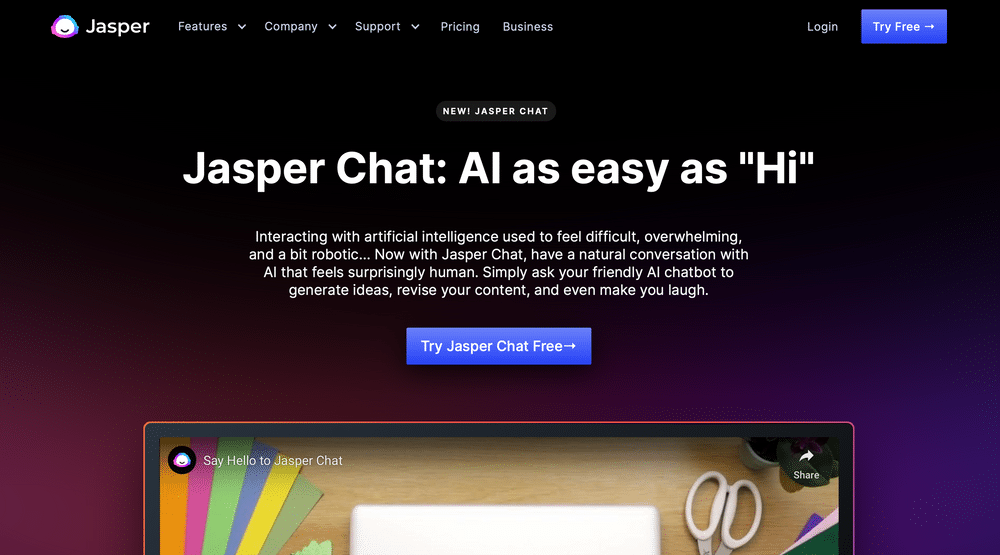
Jasper Chat is a brand-new chat interface that makes it easier to produce content quickly. Modern technology makes it easier to provide results that are about average. Jasper Chat is only available for paid subscribers on the Business plan and Boss mode. Plans for boss mode start from $49/month. Jasper has discontinued its Starter pack.
- Open-AI playground
This ChatGPT substitute resembles a ChatGPT demo in many ways. Users can readily experiment with a variety of use scenarios thanks to OpenAI’s availability of GPT3 and its other models.
Although OpenAI Playground isn’t designed for the average user, it’s a great way for people who can’t access ChatGPT to experience some of its more sophisticated features. It functions similarly to ChatGPT online and lets users test out different language models.
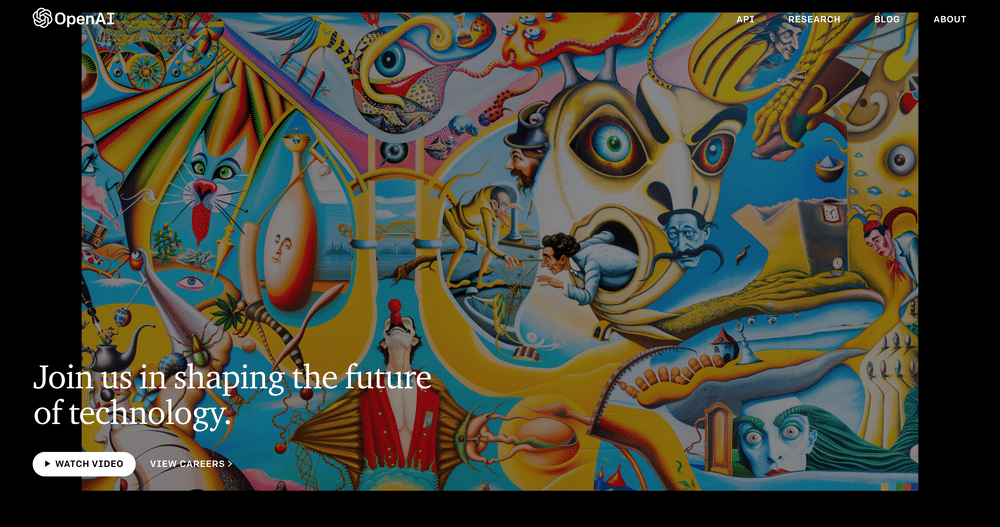
The playground requires technical skill to operate because it has features like temperature control, frequency penalties, token counts, stop sequences, etc. After creating an account, OpenAI is initially free to use, but if you use it frequently, you’ll need to choose a premium subscription.
- Language Model for Dialogue Applications, or LaMDA
LaMDA, created by Google, is yet another excellent ChatGPT substitute. It was created with 137 billion parameters and pre-trained on 1.56 trillion words from dialogue data and publicly accessible web documents.
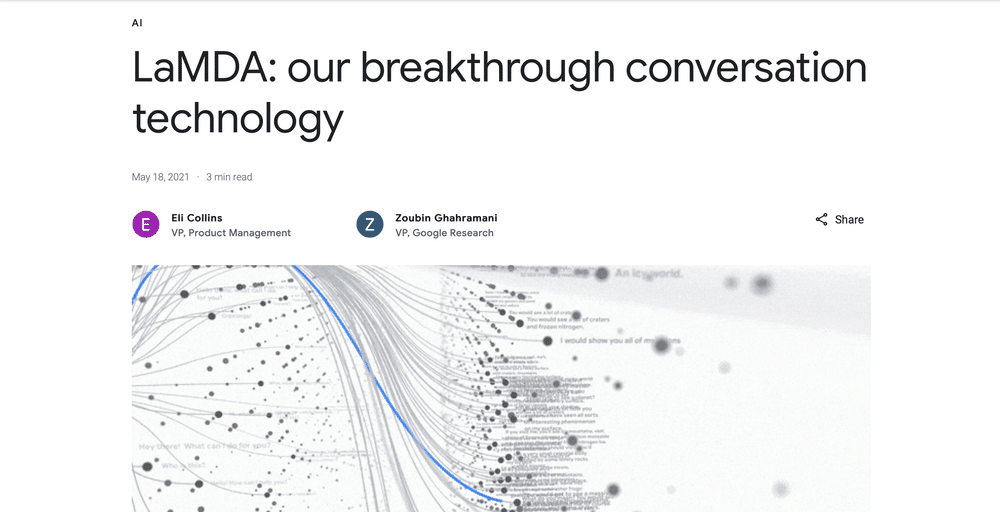
In the realm of NLP (Natural Language Processing), LaMDA is viewed as a revolution. Quality, Safety, and Groundedness are the three metrics that the ground-breaking model is adjusted on. LaMDA, an OpenAI discussion system powered by AI. With the use of natural language input, this technology can provide a logical, natural, and context-aware response. LaMDA is a good substitute for ChatGPT because it also has the distinctive ability to respond to follow-up inquiries.
- Google’s Socratic
This is a great one for kids! Students may easily type in their school-related questions into Socratic to receive a human-like response with amusing images to help clarify things.
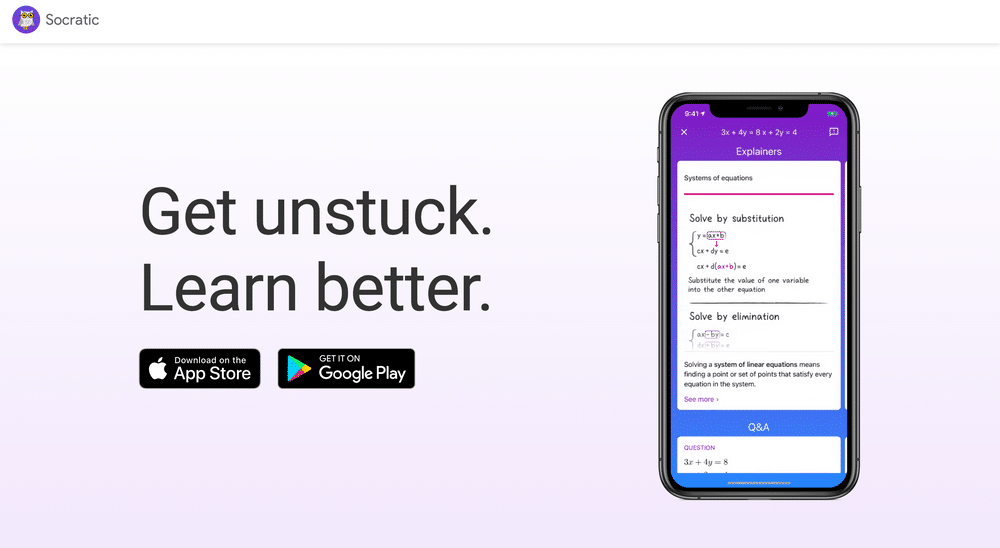
Kids may even use a function in the app to scan their worksheets and receive answers that are specifically tailored to them. The software is accessible on both the App Store and Google Play Store. But it won’t produce essays or stories. Each month, Socrates is available for $4.99 for the first child, with a 50% discount for each additional child. Additionally, schools can pay $99 per month or $99 per school year.
- Neeva-AI
NeevaAI combines the efficiency and most recent data of the Neeva search engine with the strength of ChatGPT and other large language models. Two former technology executives, Vivek Raghunathan, vice president of monetization at YouTube, and Sridhar Ramaswamy, former senior vice president of ads at Google, designed the search engine.
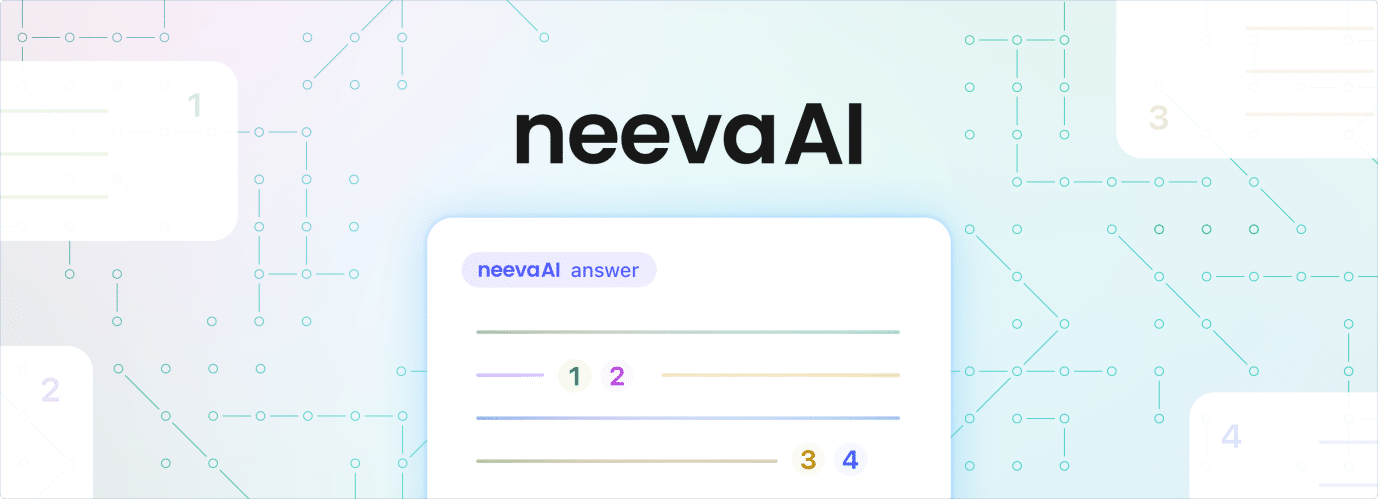
The system developed by NeevaAI is capable of searching and sorting through hundreds of millions of web pages to produce a single, comprehensive response that includes pertinent sources. Neeva offers a membership plan with a $4.95 monthly cost and the opportunity of a risk-free trial.
- CoPilot
Git Hub The most recent addition to Git Hub, Co Pilot, uses the GPT-3 model from Open AI Codex to support auto-completion. This robust application supports various well-known coding environments, including VS Code, Neovim, and Jet Brains. It also supports cloud workflows via Git Hub Code spaces.
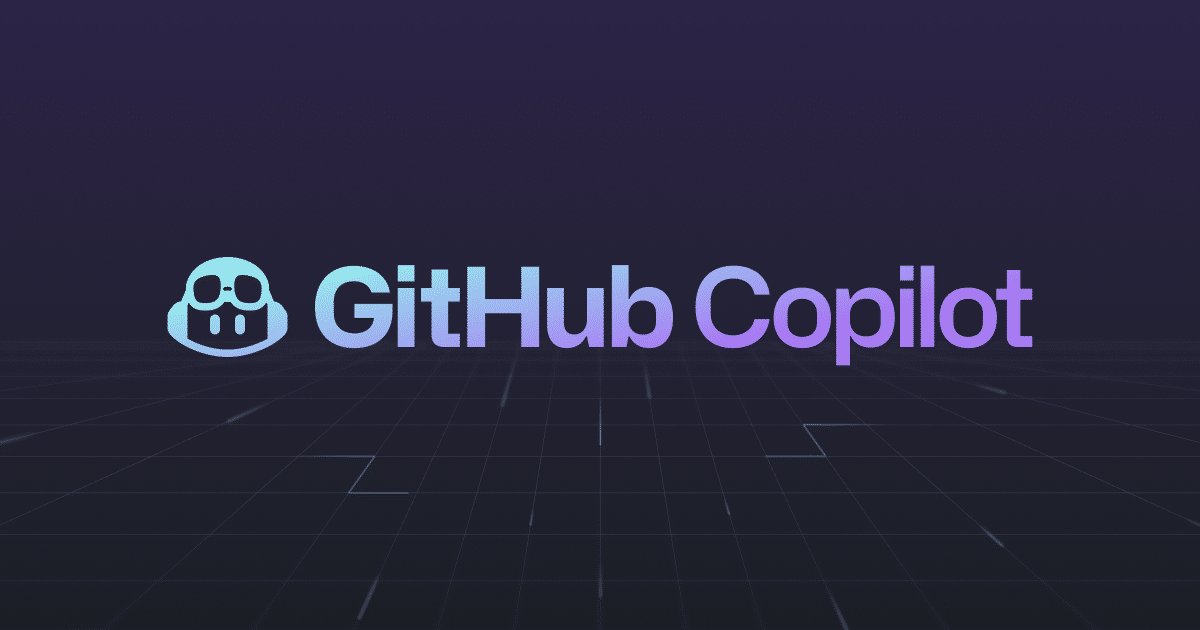
It can generate syntax in up to 12 languages, including JavaScript, Go, Perl, PHP, Ruby/Swift/TypeScript, and BASH. In addition, it supports multi-language coding, and the model is powered by trillions of lines of open-source code from the public domain, like those found on GitHub repositories.
- Tabnine
When it debuted as Codota and established itself in the IDE market, Tabnine was the first of its kind. With its code completion plugin, which supports the majority of languages, libraries, and frameworks, users have learned to expect it.
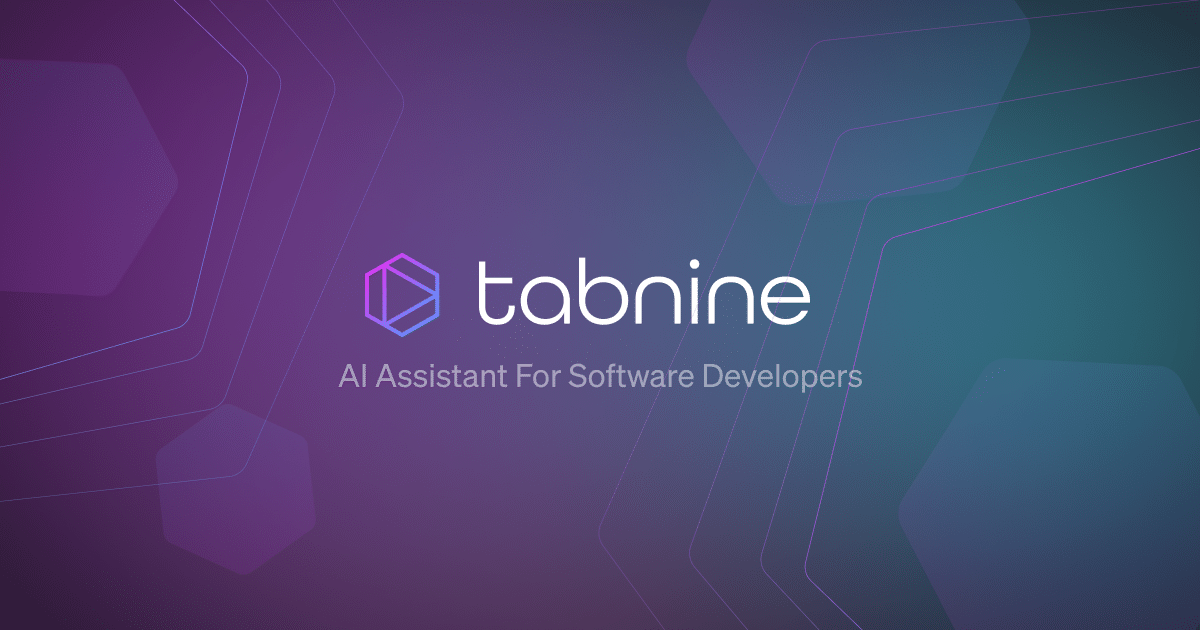
The open-source licencing guidelines are scrupulously followed by Tabnine, which also protects your code from possible plagiarism and copyright violations. A private AI model that can be taught to fit your unique coding patterns and style is available with Tabnine Pro, allowing you to further personalise your experience.
- Amazon Code-whisperer
To provide developers with an effective way to identify, grasp, and debug code issues, Amazon has created an exclusive substitute for Chat-GPT called Code-whisperer.
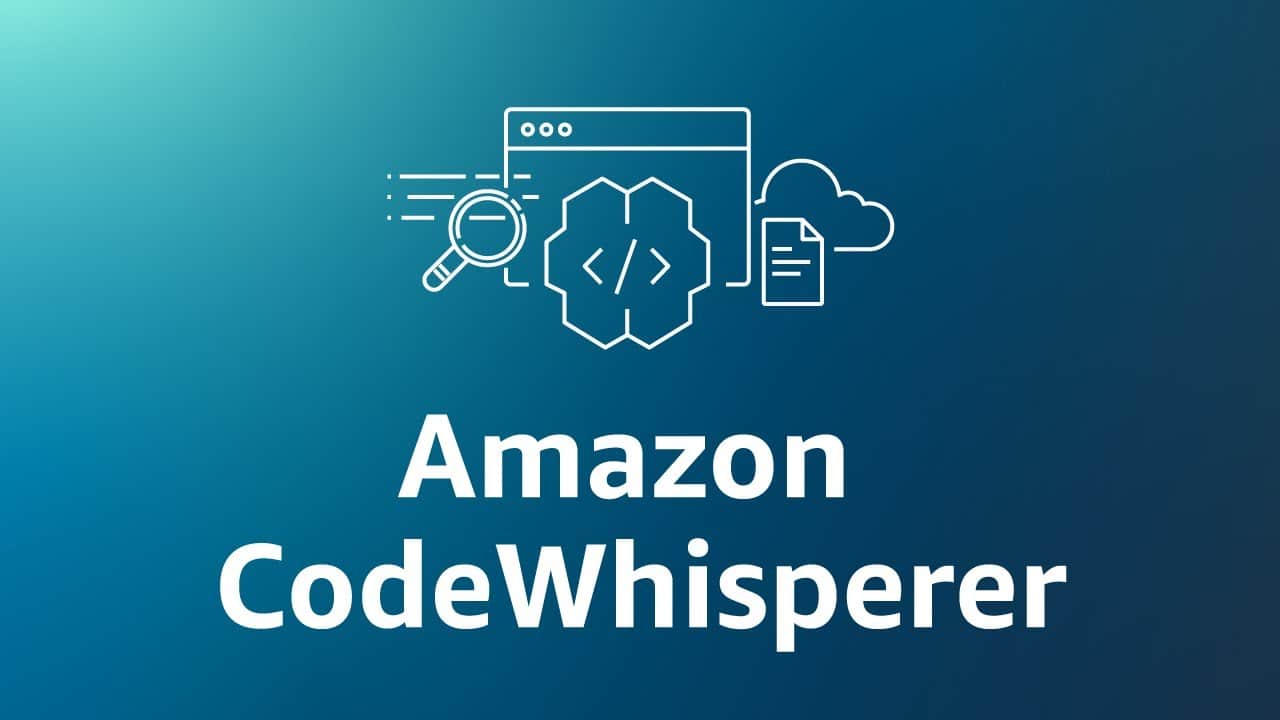
To evaluate code and find trends and flaws, it makes use of powerful machine learning algorithms and natural language processing techniques. The programme offers developers a thorough study of the behaviour of the code, taking into account any defects and performance problems, along with recommendations for improvements. This reduces the time and effort required to fix problems and raises the standard of the code.
- Elsa Talks
It is a language-learning programme powered by AI. It analyses the user’s voice using AI and creates a set of activities that are simple for the user to understand. Elsa Speak is thus another of the best ChatGPT alternatives to consider.
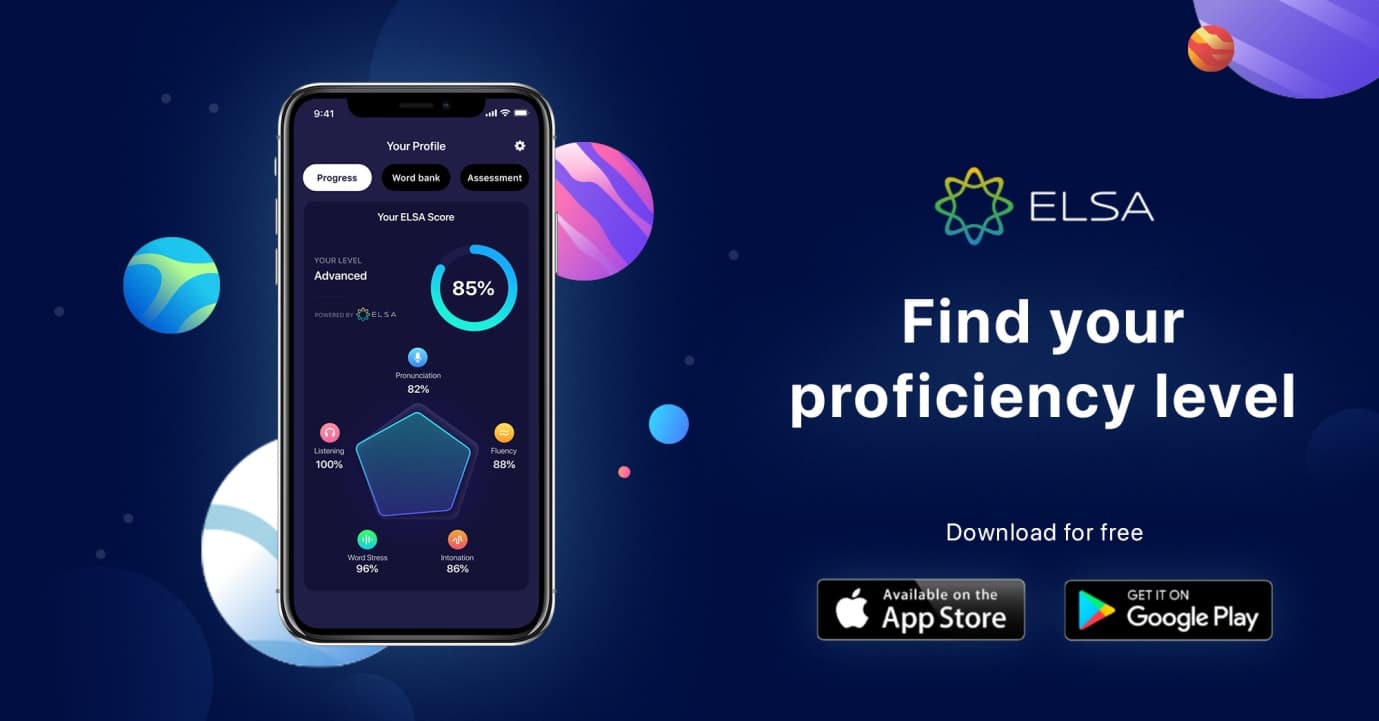
The AI system used by ELSA was developed using voice recordings of English speakers with a variety of accents. This gives ELSA an advantage over most other voice recognition programmes by allowing it to recognise the vocal patterns of people who do not speak with a native level of ability.


